
PassiveHaus diagram Passive house, Energy efficient buildings, Eco friendly house
Passive design strategies encompass a set of sustainable architecture techniques that harness natural resources.

Passive design and sustainable materials in a Victorian cottage Architecture & Design
Ecological design, or sustainable design, is a term defined by Sim Van der Ryn and Stuart Cowan in 1996 as "any form of design that minimizes environmentally destructive
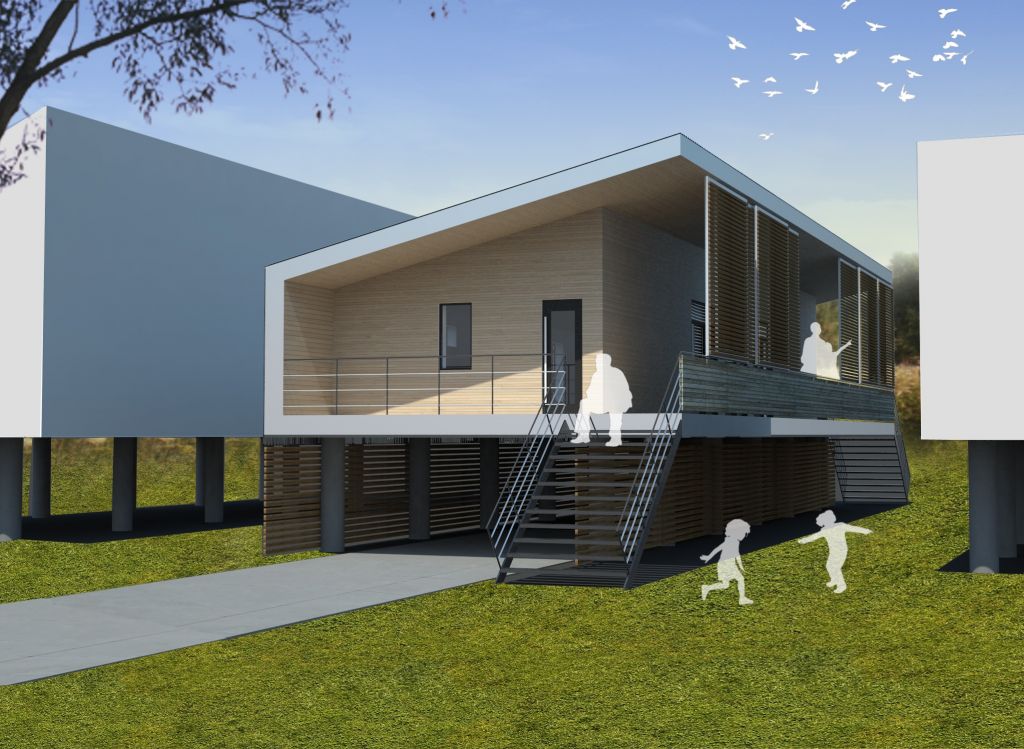
Toronto architects win New Orleans passive house design competition Construction Canada
Passive Solar design refers to the use of the sun's energy for the heating and cooling of living spaces. In this approach, the building itself, or some element of it, takes advantage of natural properties of materials and air created by exposure to the sun.

Sustainable Design Part Three The Basic Principles of Passive Design
Passive design is a sustainable building standard that responds to local climate and site conditions to maintain a comfortable temperature in the home. It focuses on renewable sources of energy such as the sun and wind to provide household heating, cooling, ventilation and lighting.
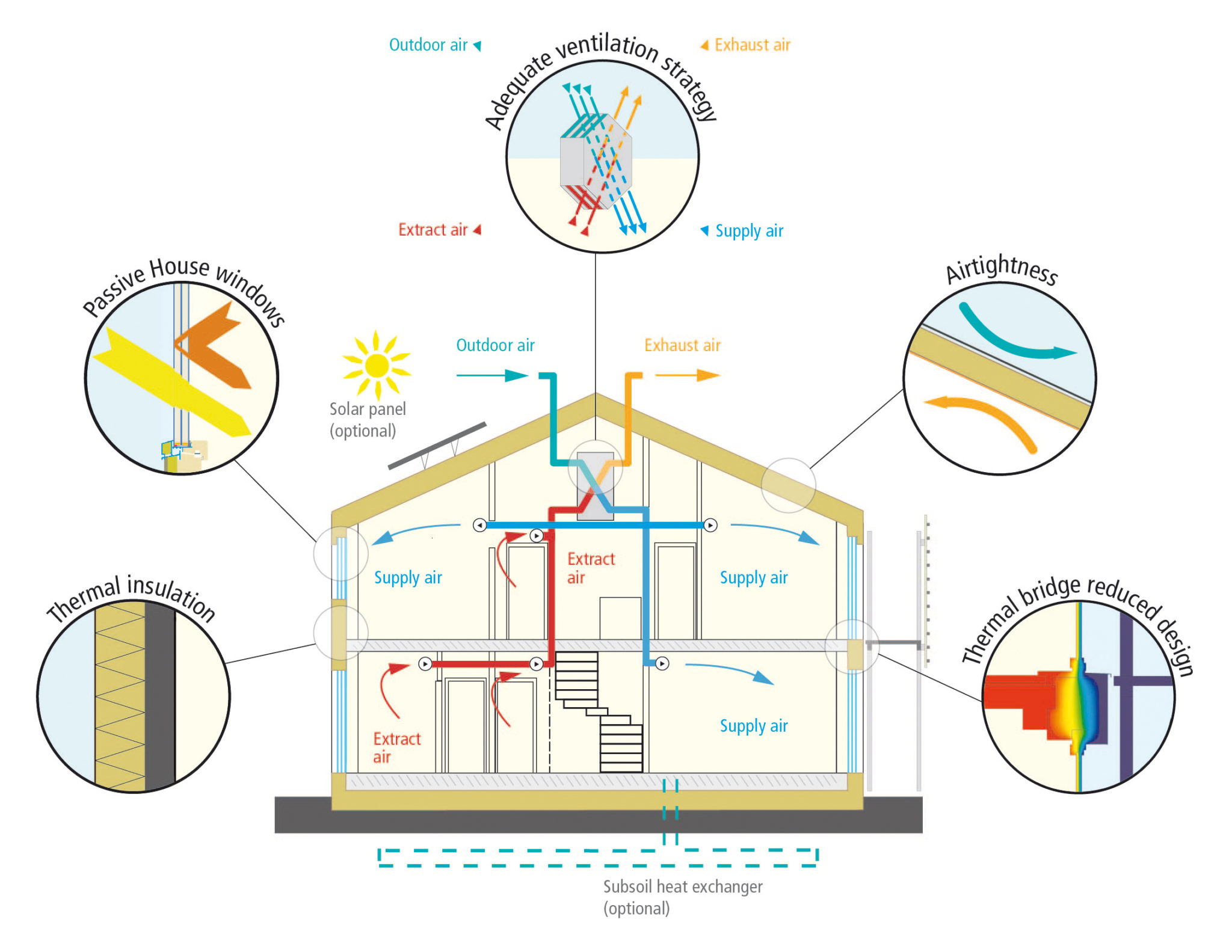
Passive House Field Green Design
1. Passive Design Techniques Strategically orient buildings to optimize natural light and airflow, reducing energy consumption by minimizing the need for mechanical systems. This approach enhances occupant comfort and significantly decreases the project's carbon footprint. 2. Energy-Efficient Technologies
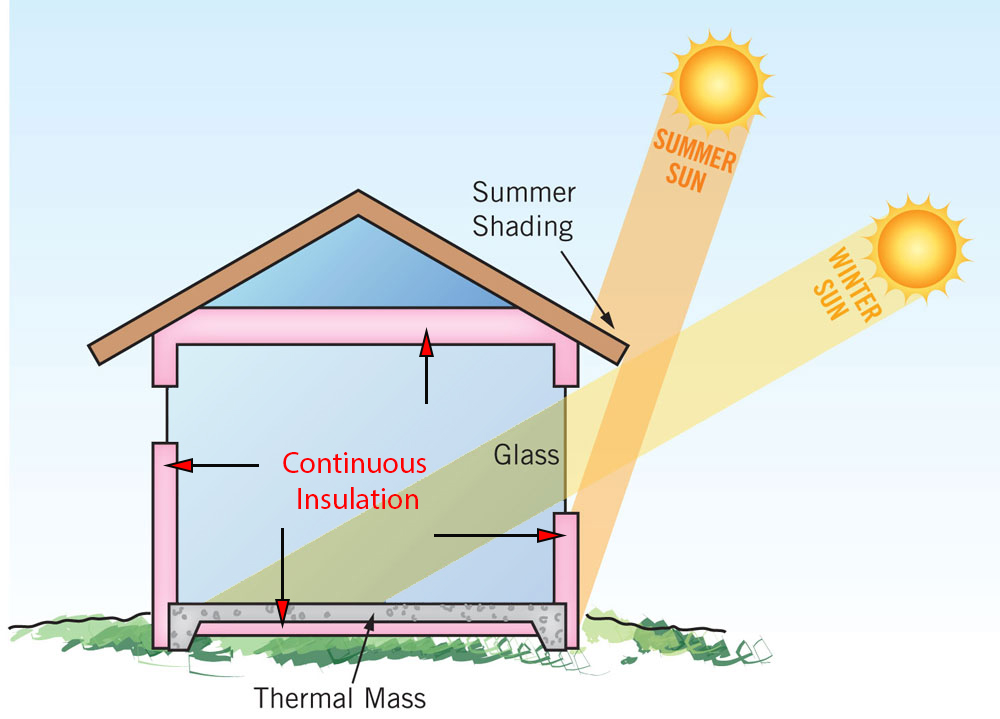
Passive solar design Eco Design Advisor
1. Introduction The fact that in modern society approximately 90% of a person's lifespan is spent indoors (dwelling, education, work, leisure, etc.), a considerable and growing number of user-oriented research demonstrates the relevance of the quality of the indoor environment for our health and well-being.

a gray house with white trim and wooden steps
Passive solar design refers to the use of the sun's energy for the heating and cooling of living spaces by exposure to the sun. When sunlight strikes a building, the building materials can reflect, transmit, or absorb the solar radiation. In addition, the heat produced by the sun causes air movement that can be predictable in designed spaces.

How to create a green home Completehome
Passive solar design is an approach to building design that capitalizes on the sun's energy to heat, calm, and illuminate spaces without relying on mechanical systems such as HVAC or electric lighting.

Sustainable Design — Lantz Full Circle
Passive designing, as old as the tale of mankind, is the designing of spaces that naturally tackle the problems of heat, ventilation, and energy consumption. It considers the natural air movement, energy, and light to warm and cool the building concerning the behavior of the surrounding natural environment. Why?
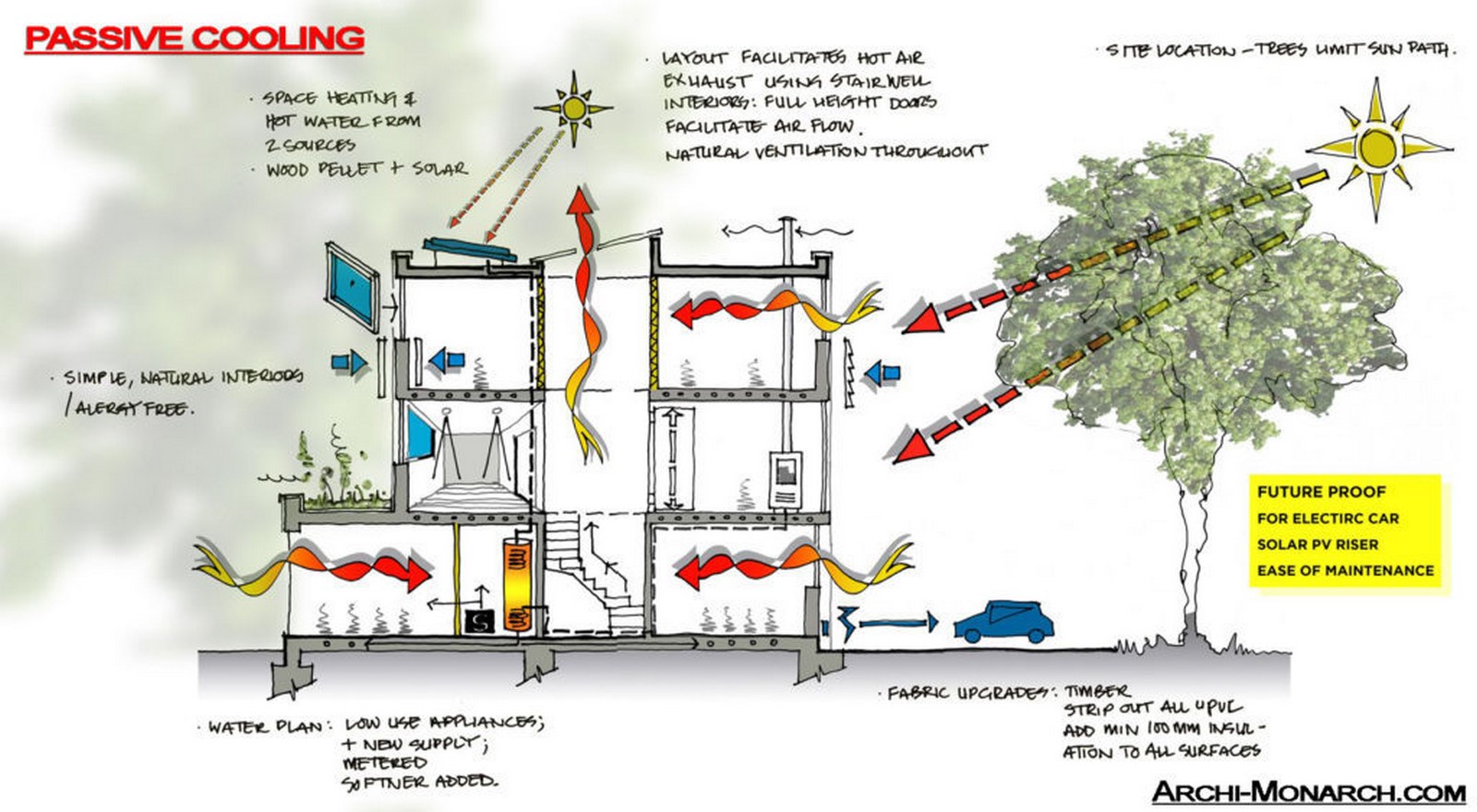
What are Passive Design Strategies? RTF Rethinking The Future
Abstract Passive design has recently received increasing attention as an option to reduce energy consumption, abate carbon footprint and alleviate energy bills of buildings by taking advantage of local climatic conditions and building features.
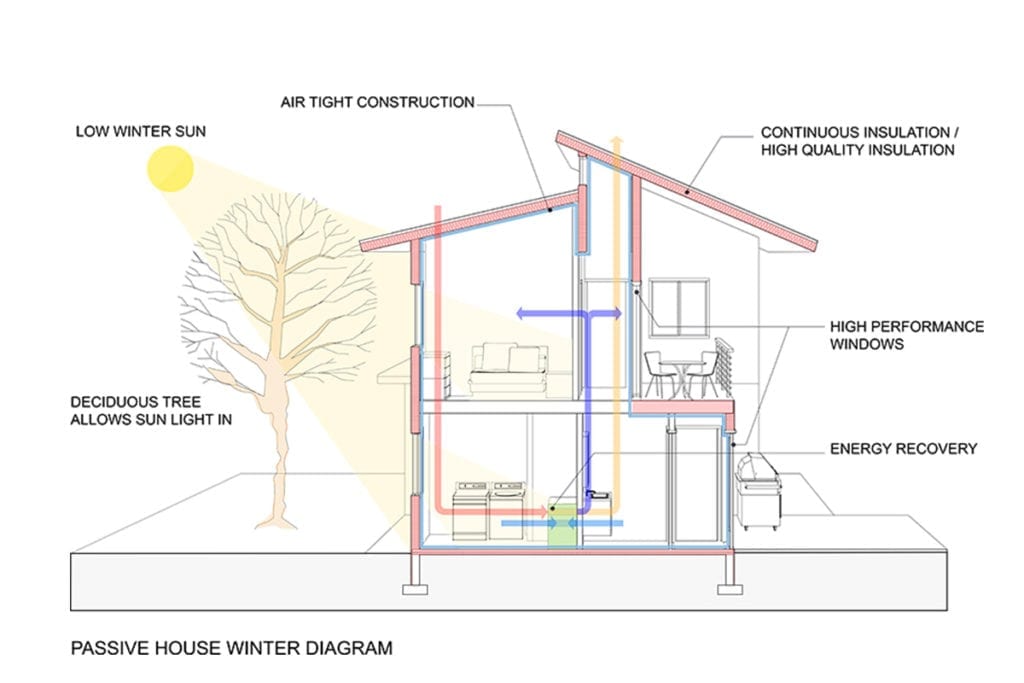
Passive House Design · Fontan Architecture
Passive design strategies help us maintain thermal comfort inside a building without the use of electricity as heating and cooling require the most. Passive design strategies are decided based on the climate of the place. Temperature and humidity mainly determine the type.
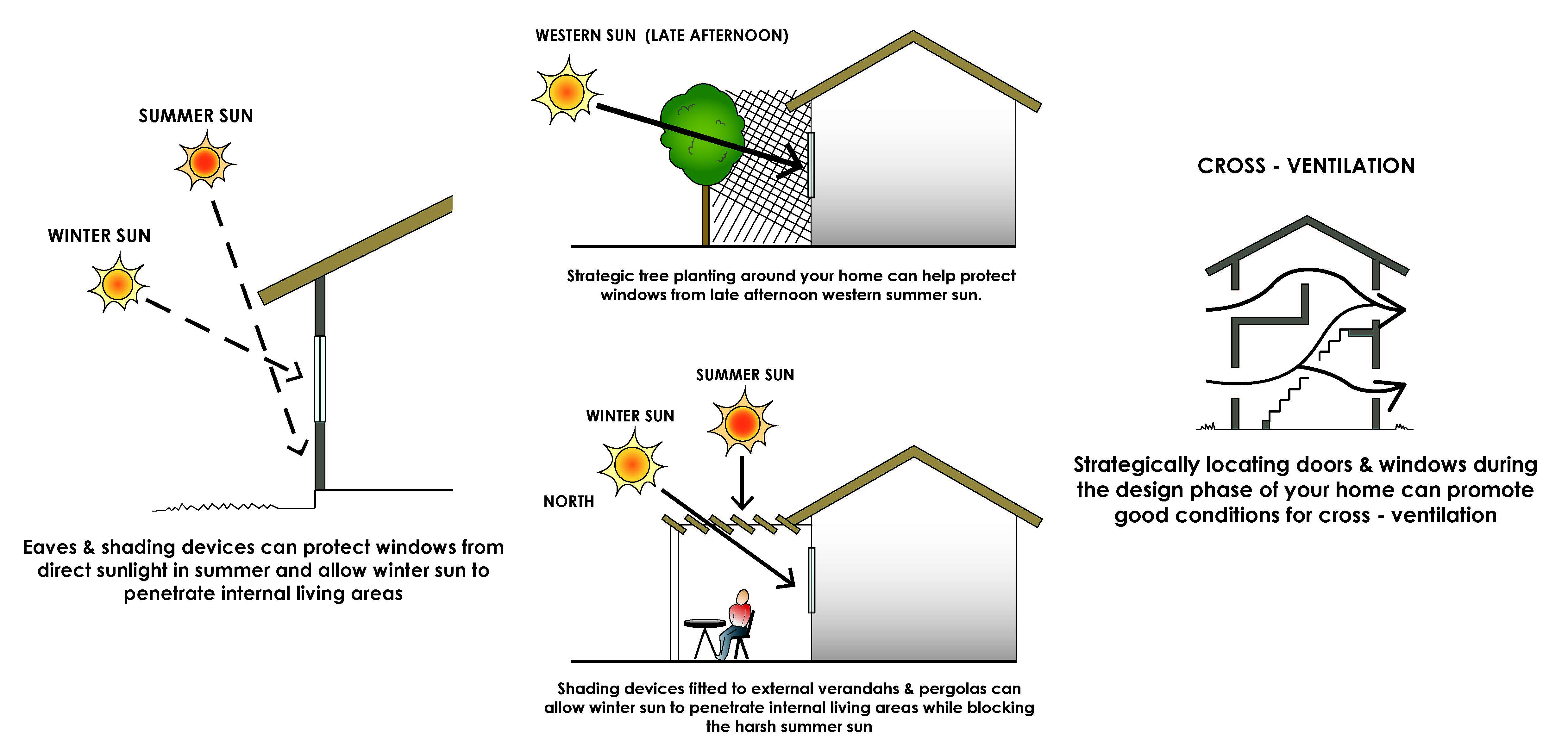
What is Passive Design & How Does It Save You Money? Lanser
08/02/2021 Passive Design Technology: How Architecture Can Be Sustainable At its core, passive design reduces a building's energy demand. It is a chief component of sustainable design, and, as its popularity increases, an important tool in the battle against climate change as a whole.

PASSIVE DESIGN NATURAL DAYLIGHTING Ahmad Amiruddin
Dive Deeper Building Massing & Orientation Massing and orientation are important design factors to consider for visual comfort, or daylighting. Many of the strategies are similar to those for passive heating, but also different factors, such as glare, to consider. Passive Heating

Passive House in a nutshell Ecocentric Design
Passive design strategies refer to a set of design approaches that focus on utilizing the natural environment to provide heating, cooling, ventilation, and lighting to a building. Unlike active design strategies that rely on mechanical systems and processes, passive design strategies depend on the laws of nature.

Passive solar design results in sustainable building Building & Decor
Passive design is a method that utilizes natural elements to minimize the reliance on artificial climate control. Optimizing a building's layout, materials, openings, and orientation enhances environmental comfort and reduces energy consumption.When widely adopted, these strategies make buildings more eco-friendly.On the other hand, passive cooling systems are a type of building design that.
What is a Passive House? Scranton Passive House
34 Sustainable Design Techniques. John Spacey, updated on March 21, 2021. Sustainable design is the practice of designing products, services and processes to be sustainable. This primarily means that designs minimize environmental impact and improve quality of life in communities they touch throughout their entire lifecycle.